Medieval Warfare picks up where its sister magazine, Ancient Warfare, leaves off. Starting around 500 AD, Medieval Warfare examines the world during the Middle Ages up through the early years of the Renaissance (the magazine generally leaves off in the 16th century). While popular topics such as the Crusades and the Vikings are given regular coverage, Medieval Warfare also tackles more complex and obscure topics, ranging from the Umayyad Caliphate versus the Byzantine Empire to horse trading in 14th-century England.
Medieval World Magazine
MARGINALIA
WOMEN AND AUTHORITY IN MEDIEVAL INDIA • During the Middle Ages, Turko-Islamic rulers migrated from their Central Asian homelands and established their rule in the northern regions of modern India. These rulers brought along a different cultural ethos, in which female authority and power were present. Women had important roles at the court, in social contexts, and also on the battlefield.
Mistreatment
EXQUISITE ITALIAN WOODWORK • Carved wooden chests produced in northern Italian workshops were exported throughout Europe and the Mediterranean during the Middle Ages. Such objects, used in secular and ecclesiastical contexts, were famed for the quality of their materials, the fine craftsmanship, and the intricate iconographies.
THE MEDIEVAL KINGDOM OF KYIVAN RUS • The foundation of the kingdom of Rus is wrapped up in what historians like to call mythohistory. We have a great deal of information accumulated from archaeological investigations that points to a long-established connection with Scandinavia. We know that Scandinavian traders plied the eastern European river systems looking for amber, furs, slaves, and eventually silver to take back to Baltic and North Sea markets. The silver came from the Abbasid Caliphate and passed up the Volga to the Bulgars and elsewhere, thus drawing the Scandinavians – called Varangians in the sources – down those river pathways.
Kyiv not Kiev
Evpraksia
THE COINAGE OF KYIVAN RUS • According to legend, the city of Kyiv on Dnieper River in modern Ukraine was founded in 482 AD. Prince Oleg of Novgorod conquered Kyiv in 882, making it the capital of his new state, known as Kyivan Rus. Modern Russia, Belarus, and Ukraine all trace their national origins to Kyivan Rus.
BOOKMEN, SCRIBES & LITERATES • Between the ninth and eleventh centuries, East-Central and Eastern Europe became the domain of the Arpads, the Piasts, the Přemyslid, and the Rurikids. These dynasties ushered in periods of political change, which were accompanied by conversions to Christianity. With Christianization, we can observe the development of writing, which was closely related to the Church.
SEARCHING FOR THE KNIAGINIA • In 1252, the Mongols undertook a military operation against Pereiaslavl-Zalesskii in north-eastern Rus. Several Rus chronicles report that during the 1252 attack, “they [the Mongols] searched throughout the land and killed the kniaginia [the wife of the kniaz] and sent the [royal] children into captivity.” Several sources specify that the kniaginia in question is the wife of Yaroslav. The problem with that identification is which Yaroslav, and why were the Mongols searching for his wife?
The Battle of Lake Chud (1242)
A CATHEDRAL AND ITS PATRON • The Cathedral of Saint Sophia is the greatest monument of Kyivan Rus. It was built by the Grand Prince Yaroslav I ‘the Wise’ (r. 1019-1054) in the centre of Kyiv in ca. 1037. The building is a fiveaisled cross-domed church with thirteen domes. It served as the seat of the Metropolitan of Kyiv and all of Rus until this centre moved to Vladimir in 1299.
KYIVAN RUS AND THE MONGOLS • When Kyivan Rus first encountered the Tatars (Mongols, as they called them) in 1223, the local people had no idea who these nomads were, where they had come from, or, after they...
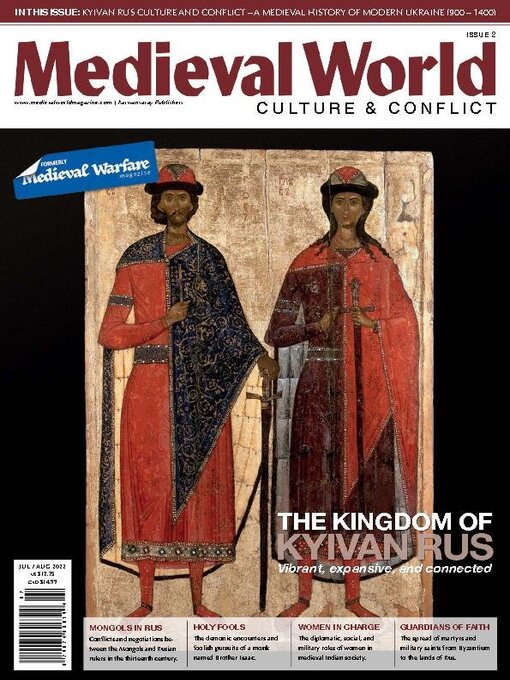
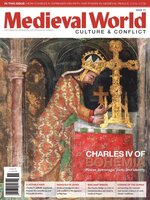 Issue 11 - 2024
Issue 11 - 2024
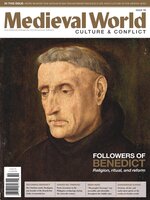 Issue 10 - 2024
Issue 10 - 2024
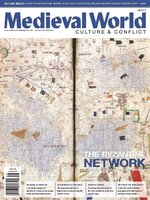 Issue 9 - 2023
Issue 9 - 2023
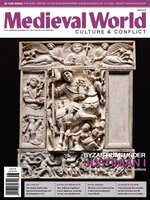 Issue 8 - 2023
Issue 8 - 2023
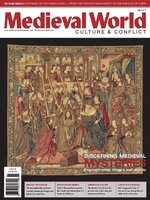 Issue 7 - 2023
Issue 7 - 2023
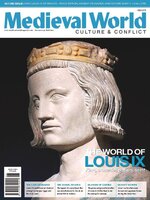 Issue 6 - 2023
Issue 6 - 2023
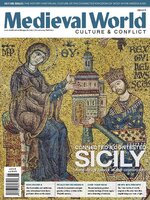 Issue 5 - 2023
Issue 5 - 2023
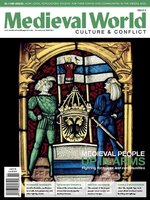 Issue 4 - 2022
Issue 4 - 2022
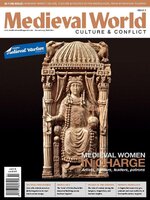 Issue 3 - 2022
Issue 3 - 2022
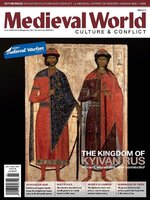 Issue 2 - 2022
Issue 2 - 2022
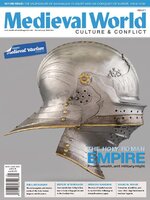 Issue 1 - 2022
Issue 1 - 2022
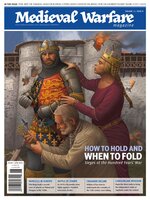 MW X11.1
MW X11.1
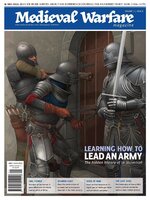 MW X1.5
MW X1.5
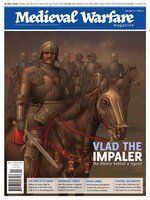 MW X1.4
MW X1.4
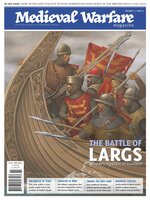 MW X1.3
MW X1.3
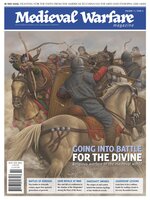 MW X1.2
MW X1.2
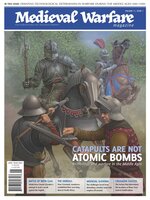 MW X1.1
MW X1.1
